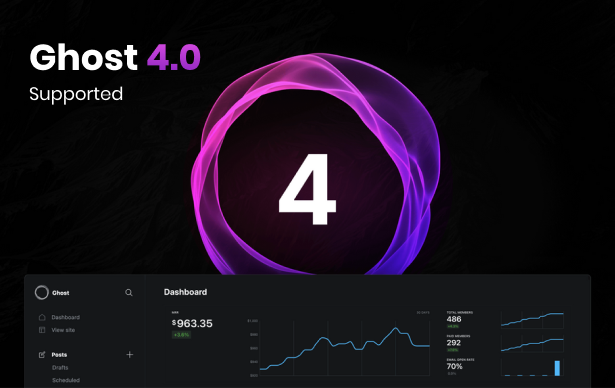As we all know, the SEO world changes all the time, at this point looking at articles even from six-months ago can leave you following tips that no longer apply. Two days ago I found a pretty darn comprehensive article about on-page SEO, and since it was published two days ago, it’s safe to say it’s still relevant.
In the guide they have a really interesting section dedicated to the importance of short descriptive URLS:
Take a look at this URL:
https://www.medicalnewstoday.com/articles/322345.php
Can you tell me what that page is about just by looking at the URL? I doubt it.
Now take a look at this one:
https://www.dietdoctor.com/how-to-lose-weight
It doesn’t take a genius to work out that it’s a blog post about losing weight. That’s because this is an example of a descriptive URL—it tells you what to expect from the page.
There are a few reasons why this is good practice for on‐page SEO.
Firstly, as we discussed in the previous point, searchers are most likely to click the search result that best matches their search query. Descriptive URLs help cement your page as that result.
Secondly, and more importantly, descriptive URLs tend to include the keyword(s) you’re targeting. According to our previous study of 2M keywords, there’s a slight correlation between rankings and keywords in the URL. (Source – Ahrefs blog)
Honestly this guide made me realize a number of things I should be doing both to optimize the on-page SEO for my blog, and our on-page SEO for Bold Metrics. If you haven’t given much thought to your on-page SEO, now might be a good time to look through this guide and see what tweaks you can make.
When it comes to SEO, little changes can go a long way and this guide is full of little things you can do to improve your on-page SEO. Oh, and I know it sounds like these guys must be a sponsor, but they’re note, I just think they wrote a really kick-ass guide to SEO that is relevant today, so I wanted to share it with all of you. Enjoy!



